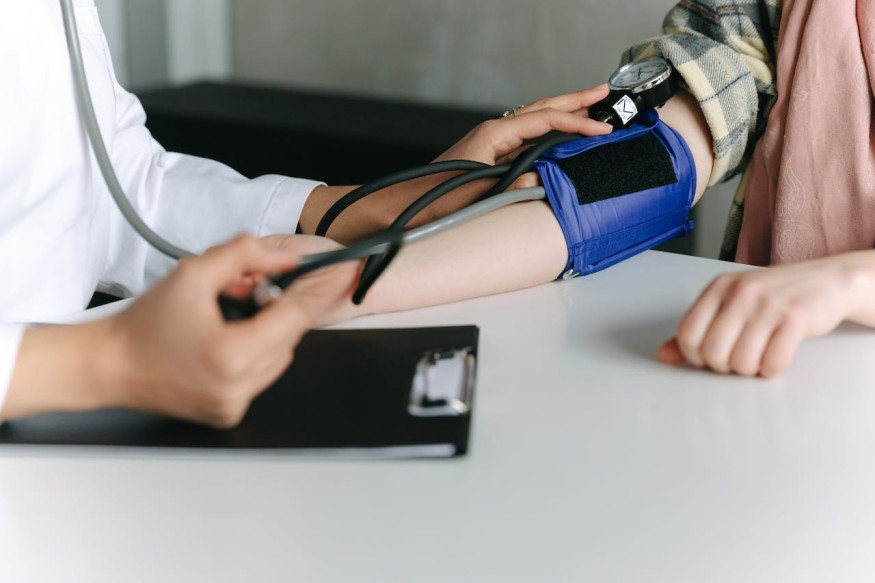
According to recent research, protecting one's heart health in the course of aging requires long-term efforts and maintaining exercise levels until middle age.
Heart Health and Exercise
However, there are social factors that can add to the difficulty of this for some individuals compared to others. This is based on a study, entitled "Physical Activity and Hypertension From Young Adulthood to Middle Age" covering over 5,000 individuals from 4 cities in the US.
Epidemiologist Kirsten Bibbins-Domingo, an author of the study who is from the UCSF (University of California, San Francisco), explained that teenagers and those who are in their early 20s could be physically active. However, such patterns could end up changing.
Several studies have revealed that exercise is able to lower one's blood pressure. However, the study reveals that the maintenance of physical activity in young adulthood, with higher levels recommended, could be crucial when it comes to hypertension prevention.
The study covered more than 5,100 adults and monitored their health in the course of three decades. This was done via questionnaires and physical assessments. Details such as exercise habits, alcohol intake, and smoking intake were taken into account.
For every clinical assessment, the individuals' blood pressure was measured thrice, with an interval of one minute. For data analysis, the individuals were categorized into four groups, depending on their gender and race.
Throughout the board, physical activity levels went down from ages 18 to 40 years of age. In the following decades, hypertension rates rose while physical activity levels plummeted.
The researchers note that the findings suggest that young adulthood is a crucial window for the prevention of hypertension during middle age, with certain programs for promoting health specifically designed for exercise boosting.
Jason Nagata, a young adult medicine expert from the UCSF, explains that almost half of their young adult participants exhibited suboptimal physical activity levels. This was significantly linked to the start of hypertension, showing the need to raise the bar regarding physical activity's minimum recommended levels.
When the researchers observed those who engaged in five hours of moderate exercise weekly during young adulthood, this activity level was found to considerably decrease hypertension risk. This was especially the case if individuals kept their exercise habits until they reached 60 years old.
The researchers write that reaching at least double the current minimum physical activity levels for adults could be more beneficial when it comes to hypertension prevention compared to simply adhering to the recommended guidelines.
Some differences were also observed among Black and White participants.
ALSO READ : Early Detection of Hypertension Made Possible by New Technique Using Silver Nanoparticles
Hypertension
Hypertension, or high blood pressure, is a prevalent condition that can affect the arteries of the body. When one has high blood pressure, the blood force that pushes against the walls of the arteries is regularly too high. With this, it takes more effort for the heart to pump blood.
The normal blood pressure level is 120/80 mm Hg. For elevated blood pressure, the top number can range from 120 to 129, while the bottom number goes below 80 mm Hg. When one has a blood pressure level with the top level ranging from 130 to 139 mm Hg or the bottom number ranging from 80 to 89 mm Hg, this person already experiences Stage 1 hypertension. On the other hand, if the top number goes as high as 140 mm Hg or higher while the bottom number goes over 90 mm Hg or higher, this is already indicative of Stage 2 hypertension.
RELATED ARTICLE : People Above 40 Years Old Experience Hypertension Spike at Night That Is Missed By Daytime Doctor's Appointment, University of Oxford Study Reveals
Check out more news and information on Medicine & Health in Science Times.











